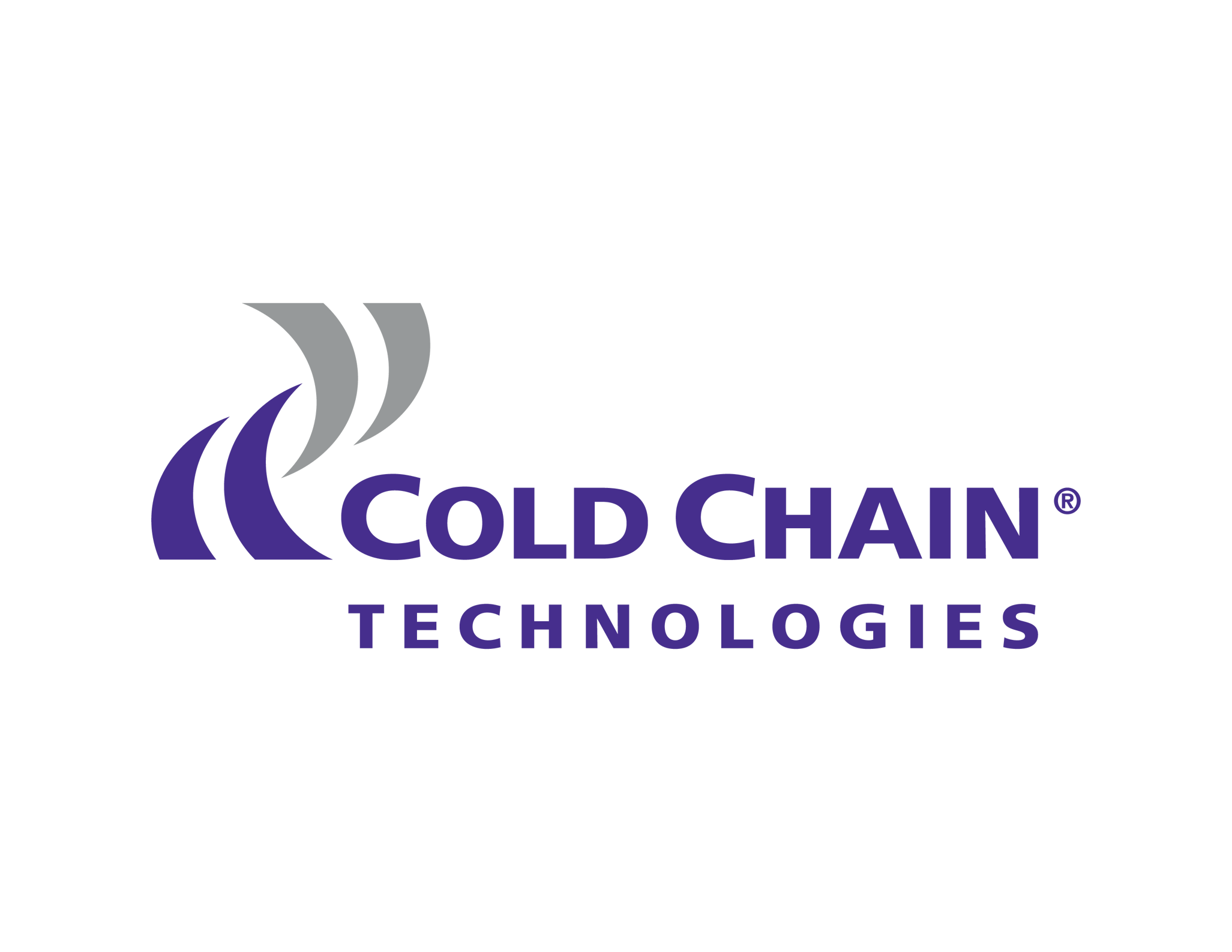It’s time to upgrade your cold chain to one that is responsive, agile, and sustainable
The cold chain is under immense pressure to perform. There is little to no room for error in the modern cold chain. Making it challenging to deliver on margins, timelines, product quality, and customer satisfaction.
We know what happens when the cold chain and supply chain infrastructure bends and inevitably breaks.
Container ships are left stranded. Customs and border backlogs waiting for paperwork and personnel. Pallets and packages of sensitive cold chain products build up in warehouses, airports, and on the road. Product quality and efficacy suffers. Customers are put at risk and overall satisfaction drops. Dollar and brand losses accumulate.
So why do we keep repeating the same processes over and over? Why is it so difficult for companies to take a step back and admit that their cold chain management processes need improvement?
The only way to right the ship and get the cold supply chain operating confidently and successfully is with a new approach. It’s time to build a better cold chain.
To build a better cold chain, companies need to devote people, processes, technology, and dollars to:
- Supply chain resilience – learning what it is and how to make it a reality
- Circular economy – rethinking waste and how this can support a resilient and sustainable cold chain
- Smart technology – artificial intelligence, machine learning, IoT, 5G, and blockchain are not buzzwords they’re must haves for modern cold chain management
There are no half measures when it comes to fixing the cold chain. The last two years highlighted the weaknesses that we knew (but were afraid to admit) were there. The pandemic was an easy scapegoat for the breakdowns, interruptions, mistakes, and loss.
The question is – what are you doing today to ensure we do not have a repeat of 2020 – 2022?
Understanding Supply Chain Resilience
Supply chain resilience happens when the people, processes, and technology are in place to tolerate, recover from, anticipate, and respond to disruption and opportunity.
A resilient supply chain can resist and recover from disruption and respond to change.
People typically think of supply chain resilience in terms of being ready when disaster strikes – but a truly resilient supply chain is one which can embrace new technologies, ways of thinking, and opportunity seamlessly and quickly, while also being responsive and flexible under stress and chaos.
This PWC statement on supply chain resilience sums it up:
It’s not just about playing defense – it’s also about playing offense – finding competitive advantage by shaping a supply chain resilience strategy focused on disruption avoidance and sustained performance that remains agile and operations focused.
A resilient supply chain has four key components:
Efficient supply chain management.
Done right, supply chain management uses real-time and forward-thinking processes to manage the production, packaging, distribution, shipping, and delivery of cold chain products.
An efficient supply chain management process can sustain and absorb opportunity and disruption.
Harnessing the power of data.
This goes beyond using data loggers and real-time temperature monitoring to include using big data to strengthen every aspect of the cold supply chain.
For example, using AI and machine learning to interpret and analyze the data collected by your IoT sensors and generated by your RFID and GPS trackers, using the blockchain to store and manage customer data and protect against data loss, or using smart cold chain packaging to provide real-time visibility to allow you to dynamically adjust your cold chain process.
Diverse network of partners.
Think of a resilient supply chain as one that has a spiderweb-like network of suppliers and partners. The strength of the supply chain comes from the connections and dependencies on each partner and supplier to perform their role. To support this diversity, companies need to remember the basics of supply chain management and respond to the insights created by big data.
Managing supply, demand, and inventory.
The era of over-filled warehouses of product waiting to be purchased, packaged, and shipped is behind us. So too is the era of lean, mean, and just-in-time product management and delivery. A resilient supply chain optimizes the balance between these two strategies by harnessing the power of the right people, processes, technology, and attitudes to supply chain management.
The Circular Economy and the Circular Supply Chain
The circular economy is built around maximizing products and materials by keeping them in the economy for as long as possible. Rather than using and disposing of products and materials, core and essential elements are repurposed and reused.
The Ellen MacArthur Foundation, identifies three key principles of the circular economy:
- Eliminate waste and pollution
- Circulate products and materials (at their highest value)
- Regenerate nature
It is underpinned by a transition to renewable energy and materials. A circular economy decouples economic activity from the consumption of finite resources. It is a resilient system that is good for business, people, and the environment.
The circular economy gives products and materials meaning – helping companies become more efficient, reducing their waste, and ultimately providing better products, services, and value to their customers.
Essential to a circular economy is the circular supply chain.
A circular supply chain is built around reusing waste and returned or excess products and materials so they can be resold and used again. In the cold chain for example, this includes using sustainable packaging made from recycled or repurposed materials and then maximizing the value of these reusable solutions to extend the lifecycle of the packaging and its materials.
To work, a circular supply chain requires a shift in perspective – there is no such thing as waste – what was once considered waste is now a resource.
In a traditional supply chain, waste is weakness or a productivity gap. When companies take advantage of this waste for their own benefits (and that of their customers), this waste is now a resource that improves supply chain efficiencies, strengthens processes, and meets customer demands for sustainability.
Core to a circular economy and supply chain is technology. From RFID sensors to 3D printing and AI, technology gives companies the ability to maximize the value of products, materials, and waste – for optimum value and efficiency.
Smart Technology for a Better Cold Chain
The technology is here for the companies who want a better cold chain – the key is using this technology in the right ways. Technology for the sake of technology only creates more waste, productivity gaps, and points of failure.
Companies truly invested in building a better cold chain need to use technology to find the waste and then learn how to convert this waste into resources and opportunities:.
IoT sensors give companies and customers end-to-end visibility into the lifecycle of cold chain products.
These sensors provide real-time data on everything from location, temperature, humidity, weather patterns, border status, estimated time of arrival, traffic slow-downs, and customer readiness.
Companies can stop waste and loss before it happens by responding in real-time to disruptions and taking advantage of the diversity in their supply chain. Crucially, this data is required to expose waste and weaknesses so that growth and improvements can happen.
Artificial intelligence and machine learning are the brains behind a better cold chain. AI/ML can make sense of the data collected by your IoT sensors, generated by RFID and GPS trackers, cold chain packaging data loggers and monitors, and human-generated data.
AI/ML apps and tools review, analyze, and make decisions based on your data. You have the insights you need to find gaps, eliminate waste, maximize product and material value, and identify your success and failure patterns.
Blockchain is a secure, immutable data ledger that you can use to store, protect, and share customer and product data. Use the blockchain as your sole source of information about your products and their lifecycle.
All your supply chain partners and suppliers can access your blockchain – giving everyone including your customers product lifecycle visibility and traceability. For companies operating sustainable and circular supply chains, making this information available to customers helps build brand trust and loyalty.
3D printing technology is instrumental in creating more sustainable and circular products.
Companies can print product and packaging on-demand in a location close to their customers – helping to eliminate global supply chain challenges such as shipping delays, border and customs slow-downs, disruptive weather patterns, and access to raw materials and labor.
More and more 3D printing innovations are coming to market using sustainable and recycled materials – making it easier for companies to fulfill their sustainability and circular economy commitments.
Smart cold chain packaging includes phase change materials (PCM), integrated Bluetooth and IoT sensors, GPS tracking, and temperature monitoring capabilities.
These technologies give companies real-time visibility and data, allowing them to be proactive, responsive, and resilient. From weather alerts to tracking products across waterways to tracing the reuse and repurposing of cold chain packaging – companies can eliminate waste and efficiency gaps – enabling a better cold chain.
A Better Cold Chain is Smart, Sustainable, Resilient, and Circular
There is a lot of buzz around sustainability and sustainable cold chains. Companies need to recognize that sustainability is about more than reusable packaging solutions.
Government regulations, your partners and suppliers, and your customers expect you to be changing with the times. Moving from a lean-and-mean take-make-and-dispose supply chain attitude to a no-waste circular-and-smart supply chain cannot happen tomorrow – it needs to happen today.
The time for change is now – your competitors are doing it and no company can afford to be left behind, scrambling to keep up with customer demands, industry norms, and government regulations.
At Cold Chain Technology we have the people, processes, technology, and packaging to help you build a better cold chain – one that is smart, resilient, sustainable, and circular.
Request a sample of our sustainable cold chain packaging so you can see first-hand how you can build a better cold chain. Sign up for Cold Chain Tech blog updates to learn how our team helps you meet your sustainability goals.


